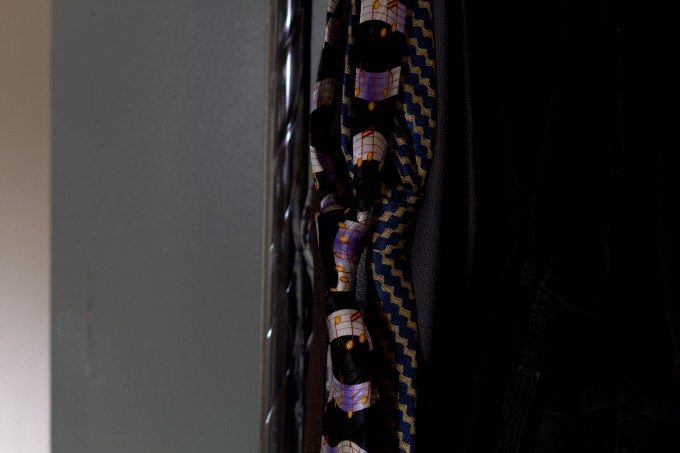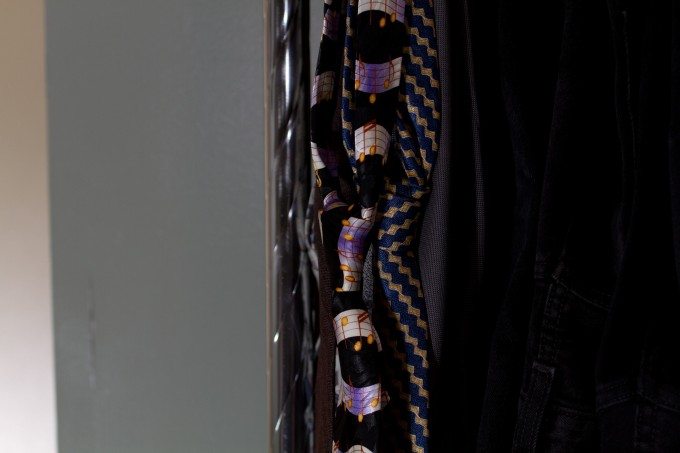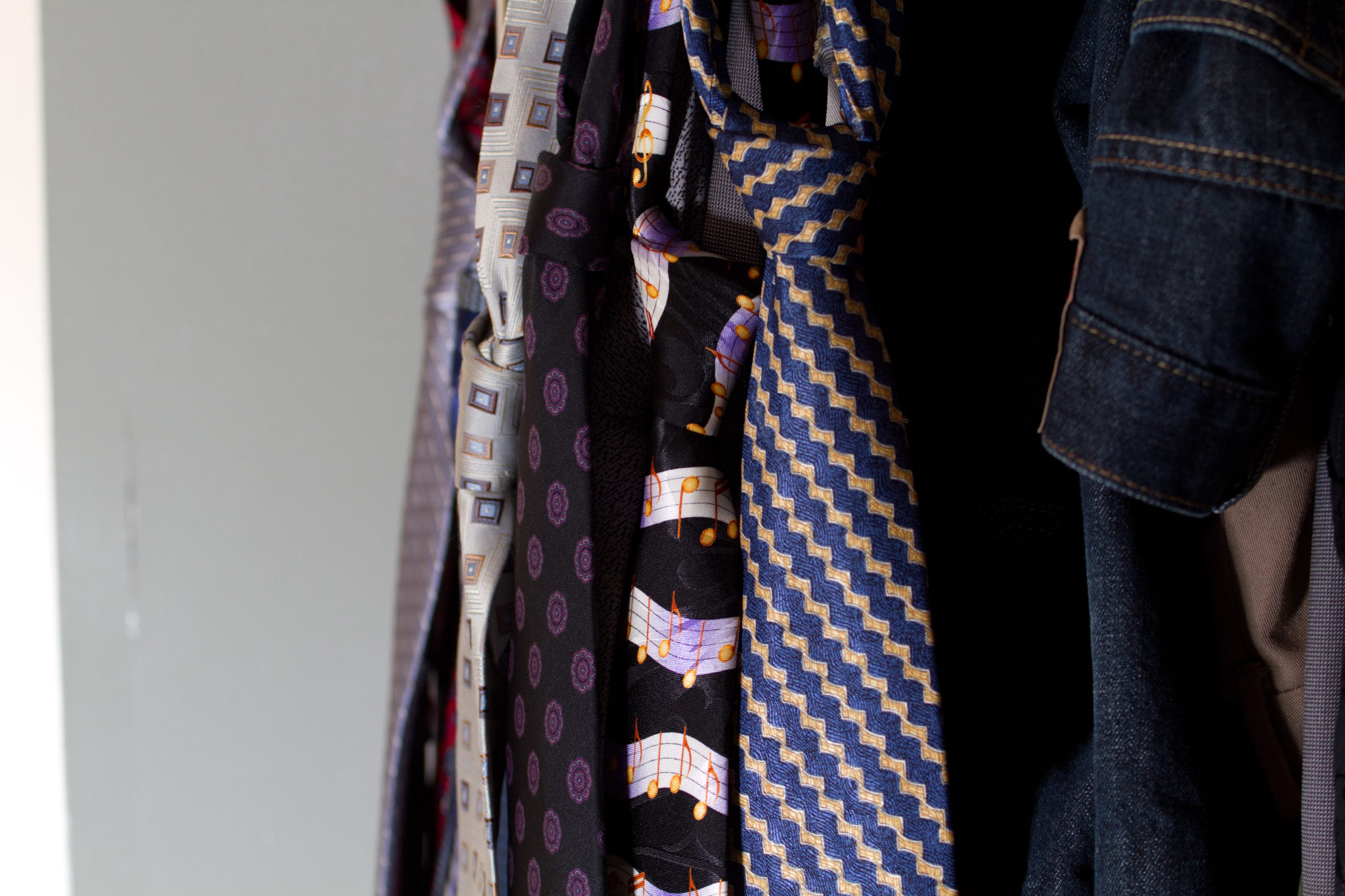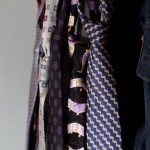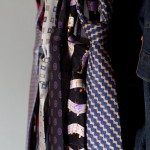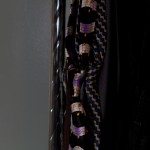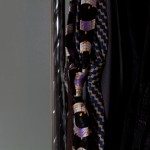Last Updated on 02/24/2011 by Chris Gampat
It’s no secret that many staffers here are big fans of prime lenses vs zooms. I had the crazy idea to compare the two: note that we’ve done this before many times with lots of great reactions. But this time, I chose to make it a bit more special.
In one corner, we have the Canon 85mm F/1.8—widely regarded as one of the sharpest non-L lenses (and said by many to be the sharpest.) In the other corner, we have my venerable Canon 80-200mm F/2.8 L “Magic Drainpipe”. Note once again that the previous sentence was not a spelling mistake. Please read carefully, it is the 80-200mm.
Both lenses were set on a tripod at around six feet away from the subject and were mounted onto the Canon 7D. Why the 7D? Most readers of this site own APS-C DSLRs, so to appeal and relate to the audience more, I chose this over my 5D Mk II. The focusing point was on the black/musical tie where the knot meets the front flap. Both images were shot at 1/160th, F/4 and ISO 400 with a Strobros Beauty Dish mounted onto a 580 EX II providing some extra fill light to accentuate extra details.
After this, the images were imported into Lightroom and exported into JPEGs
Now here is the question: Which image was shot with the ancient L zoom lens and which was shot with the non-L prime? Click the images and pixel-peep as much as you want (warning, 10MB files each) We’d love to hear your thoughts in the comments below along with an explanation of why you think so.
If you’re asking what the point of the test is: we’re trying to see if anyone can tell the difference between an L zoom and a non-L prime when used under similar conditions.
Update 02/23/2010: Image 1 was shot with the 85mm F/1.8 and Image 2 was shot with the 80-200mm F/2.8 L. Why the slight changes in light despite being in the same conditions? I’ll be talking about this more in a future article, but part of my belief is because no two F-stops are exactly the same. T-stops, however, are the same and that’s why you pay extra for it.
So in this test, we were able to proof that a cheap prime is able to keep up with the best of the best, top of the line L zoom lenses. Mind you, the lens will not be repaired or serviced by Canon anymore, but the good folks at Nippon and Chrystler camera have calibrated and worked on this lens for me. I rarely ever use it anymore and even considered selling it, but it seems too valuable in terms of usability. Despite this, a small prime seemingly outdid it according to many comments.
What do you take away from this? Let us hear it in the comments below.
Update again: I’m going to redo this test, the EXIF data says that I used the same lens for each photo but I in fact did not. I apologize to all our readers, it’s never my intention to throw anyone off and I don’t want anyone to feel that way. My job is to be an educator, but mistakes do happen.
Update yet again: okay here we go again trying to do this test. Same conditions. If you look at the EXIF data it will surely tell you that the images were shot with different lenses. Still the same lighting conditions as part 1 of the test.
